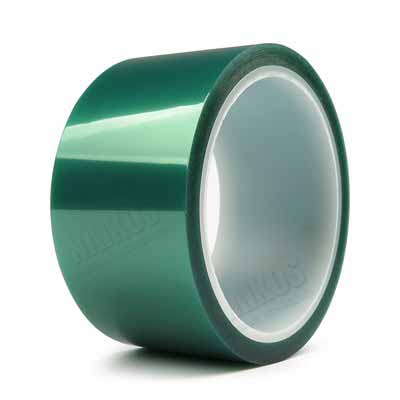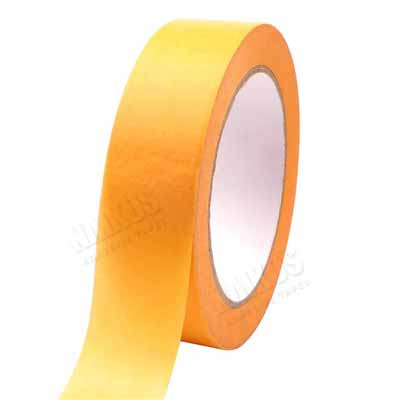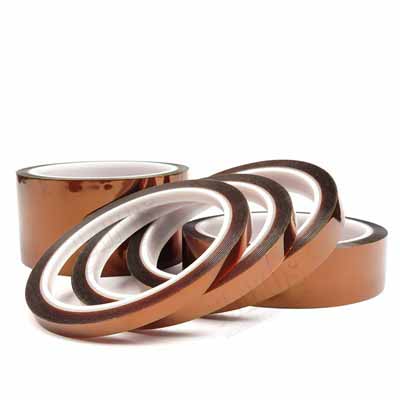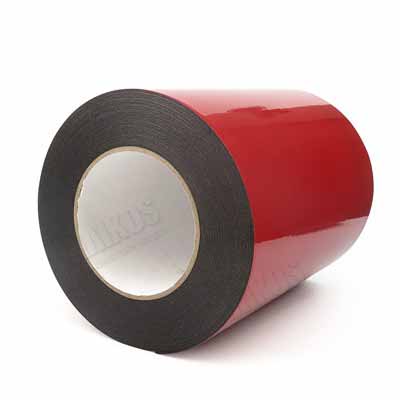EVA Foam tape is one of the most popular tape options for many industrial applications. Its unique features make it the ideal choice for certain areas, such as pressure-sensitive sensitive adhesive tapes. In fact, many industries utilize EVA tape for their specific applications.
In engineering and manufacturing, EVA foams are very useful as a strong alternative to a number of synthetic materials. In addition, in medical applications, EVA tape is also useful as a substitute for latex, neoprene, polyurethane, vinyl, and other closed-cell foam products. Although the term" EVA" stands for "ethylene vinylene acetone," this flexible material contains no ethylene or vinyl at all, which is the major chemical composition of most common plastic materials.
As mentioned above, another great feature of EVA Foam tape is that it contains no ethylene, vinyl, or other petroleum derivatives, making it an excellent, cost-effective alternative to a wide range of applications. In addition, because it contains no plasticizers, it has the potential to form a dense protective barrier when applied to provide additional structural integrity to objects and structures. This makes it a great choice for high-visibility safety requirements, such as those found in the auto industry. Whether covering tires, ladders, skis, boats, or other structures, the industrial application of EVA Foam tape is a strong, durable, waterproof, and odorless method of applying a clear, thicker layer of adhesive tape that can help to keep objects together and provide added structural integrity.
Industrial use of EVA Foam tape is seen almost everywhere, but the most common application involves the construction of boat wraps. Because boats are frequently exposed to harsh weather conditions, being able to reduce friction and provide a stronger bond between the boat's decking and mast structure is essential. While many other types of industrial tape can create the same results, none can make up the complete physical and chemical properties as EVA Foam Tape. The material's ability to form a hard, waterproof barrier against acid, saltwater, ozone, moisture, and most chemicals means that wraps are able to withstand a greater level of exposure than most tapes would. Additionally, because of its extreme strength and durability, a higher level of resistance to abrasion and tearing make it a great option in the marine industry. Whether covering an engine, a sailor another component of a boat, a superior quality protective coating provides superior protection against damaging fluids, rust, and corrosion.
When it comes to the marine applications of EVA Foam tape, there are two primary reasons to use it. The first is that it is the superior product available in this format, which has the most comprehensive and reliable chemical and abrasion resistance features. The second reason is that the sealing adhesive tape is able to provide a much tighter seal, particularly at the juncture locations where two adjacent sides of the boat meet. Sealing the seams is extremely important in preventing water from flowing in, especially in a boat that has a leak or is leaking oil, as it allows water to penetrate the seams and create deeper cracks. Using sealant tapes that do not have this sealing capability will result in water penetrating the seams, leaking into the boat interior, and possibly causing greater damage. The best tapes will incorporate foam lamination, which will effectively create a two-part sealing compound that will prevent moisture, carbon dioxide, and other chemicals from leaking into the decking areas.
As you can see, from the benefits of environmentally sound products to the unique ability to prevent adverse chemical reactions and reduce the occurrence of mildew, EVA Foam tapes are an excellent and cost-effective option for sealing the decks of boats, trailers, motor homes, and all types of marine vessels. While it's important to purchase products that are certified by Underwriter's Laboratory (UL), it's also wise to read the manufacturer's information provided with each tape to be certain that the tape meets all of the safety and environmental specifications mentioned in this article. Also, the double-sided tape should be used whenever possible, as one side can be removed and replaced without contaminating the other side. And, of course, always check with your local authorities regarding regulations regarding double-sided tapes and their use on decking materials.




